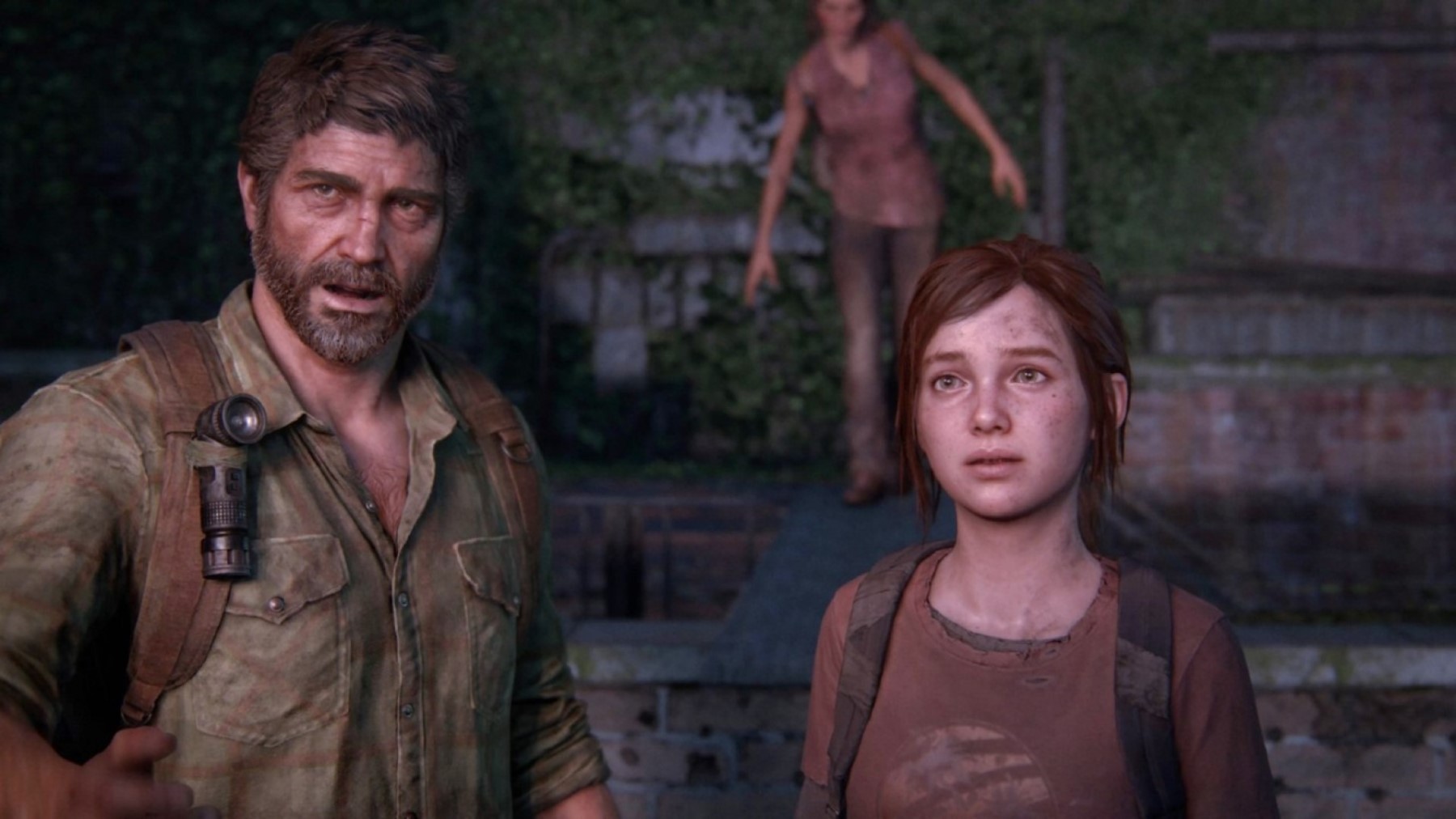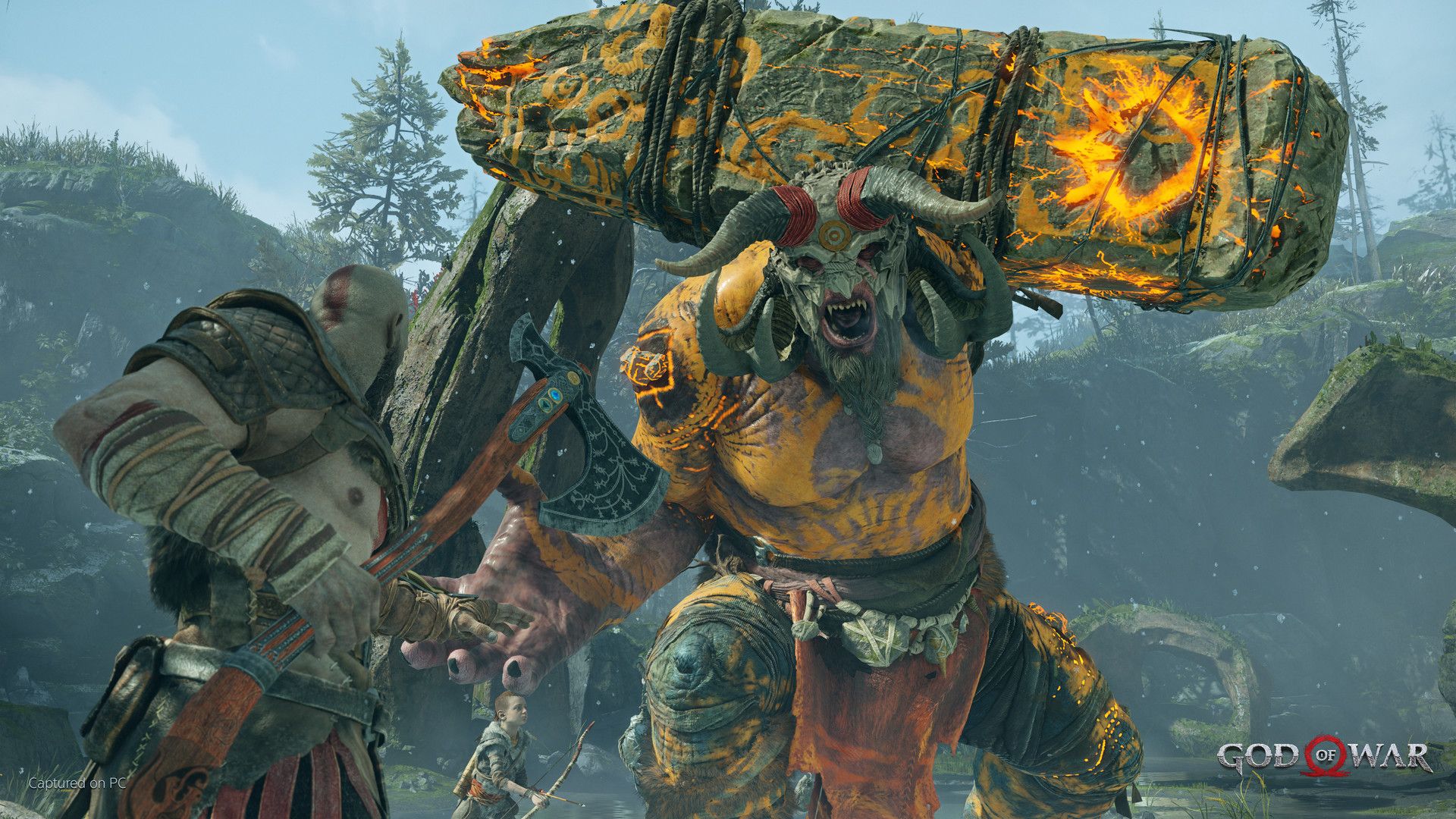If you’ve played The Last of Us Part 1 on PC recently, you’ve probably noticed it’s pretty bad. Not the game, mind you, which is a good remake of one of the greatest titles ever made. It’s the quality of the PC port, which drew a “Mostly Negative” review score on Steam at launch. Though it’s since changed to “Mixed”, only 45 percent of user reviews are positive.
Where do you even begin with the issues? Crashes, shader compilation that could take 40 minutes to more than an hour, terrible hair, characters suddenly being drenched in cutscenes, Tess floating in the air – the list goes on. Naughty Dog has released some hotfixes, but players are still reporting issues.
How could this happen, though? The Last of Us isn’t just one of Sony’s flagship franchises but the most hallowed. So what the heck happened to the PC port?
It’s important to step back and examine how we got here. Whether due to the success of Microsoft’s first-party Xbox One and Xbox Series X/S titles on PC or Sony no longer capable of ignoring the platform, it wanted a piece of the PC pie.
Despite how much it touted its exclusives and how you could only experience them on PlayStation, it opened up to the idea of bringing them to PC. This isn’t to say that PlayStation never published anything on the platform but starting with Horizon Zero Dawn in 2020, it rolled out its marquee first-party titles for PC players.
There was just one problem. Well, several problems. Horizon’s PC port was subpar. Players with hardware far above the recommended requirements reported crashes, performance issues and poor optimization. Considering it was a PS4 title and ports like Death Stranding were very well-optimized, fans were less than forgiving.
Even six months later, there were still issues – Digital Foundry reported bugs with screen space ambient occlusion, LOD bias and even characters freezing on transitions while everything else moved normally.
However, despite all the issues at launch, Horizon Zero Dawn proved successful, selling over 700,000 copies in the first month. There’s no doubt Sony went ahead with commissioning other ports, like Bend Studio’s Days Gone and God of War (2018).
The former was handled in-house by Bend, and while it seemed to receive a strong response at launch, a quick peek at the developer’s list of known issues reveals a litany of problems. Stuttering, no HDR option for those with HDR monitors, lack of controller input, mouse issues, crashes – it just goes on. It addressed those problems, yet Sony needed a more long-term solution.
With God of War (2018), Santa Monica Studio worked directly with Jetpack Interactive for two years to ensure it was up to snuff. However, in 2021, Sony acquired Nixxes Software, known for its excellent PC ports. It handled the later patches for Horizon Zero Dawn and began working with Insomniac on porting Marvel’s Spider-Man Remastered and Miles Morales to PC.
Even with the hit-or-miss quality of its ports, Sony continued raking in sales. By May 2022, Horizon Zero Dawn sold almost 2.4 million on PC. Days Gone was 852,000 units sold, while God of War (2018), the most recent port, hit 971,000 sales. Things seemed to be on the right track, and sure enough, Marvel’s Spider-Man Remastered launched in August 2022 to extensive acclaim. Marvel’s Spider-Man: Miles Morales, available in November of that year, was also a great port. Oddly enough, its peak concurrent players weren’t too great, but at least there were no issues.
Unfortunately, there was trouble brewing. Iron Galaxy Studios was contracted to work on Uncharted: Legacy of Thieves Collection, and sure enough, several issues were reported when it launched in October 2022. Sackboy: A Big Adventure, released in the same month, was sadly overshadowed, though it didn’t seem to have any major problems. You could probably chalk this up to developer Sumo Digital’s long-running history of multi-platform development, but I digress.
In February 2023, Returnal was released on PC, with Climax Studios in charge alongside Housemarque. Players reported Fatal Errors, bugs, stuttering, performance issues and whatnot, which is a shame considering this is a PS5-exclusive title. It received patches to improve the overall quality, but there are still bugs. Then The Last of Us Part 1, ported by Iron Galaxy Studios with Naughty Dog released on PC recently, and the rest is history.

It’s worth noting that Microsoft’s initial PC ports were far from perfect, with more than a few kinks to work out. However, it now has several acclaimed exclusives on PC. Its Xbox titles are now synonymous with day-one PC releases and Game Pass, which seemed like a pipe dream less than a decade ago.
Where Sony could lack is the proper infrastructure. Don’t get me wrong – optimizing games is tough enough, especially PS5 exclusives. There’s a reason some PC ports took so long to release after their initial console versions. While Nixxes was acquired and had its pipeline for ports, the same may not apply to some of the other developers.
Whether this is a resource issue, not enough time or experts to help – because Nixxes is only one studio – the quality has been very uneven.
There isn’t a clear solution – Sony can’t simply acquire other studios that are also good at porting. It also needs a proper pipeline for its PC ports to go through, where a dedicated team handles things with the developers over a significant period. It may have seemed like a good idea to give the Spider-Man games to Nixxes and then figure things out with other developers, but that’s not a long-term solution.
Speaking on the issue of time, PlayStation Studios boss Hermen Hulst stated in October 2022 that first-party titles would launch on PC at least a year after the PS5 version. Some quick math shows that The Last of Us Part 1 launched in September 2022 for PS5 and in March 2023 for PC.
That’s not a whole lot of time, and Sony could be accused of trying to cash in on the breakout success of The Last of Us HBO series. What’s more likely is that the PC version was always meant to release around the same time. Problems emerged, there was a three-week delay to fix major issues – because it has to arrive before the fiscal year ends – and things didn’t go as planned.
With plans to release ten live-service titles for PS5 by March 2026 and first-party live-service games launching simultaneously on PC and PS5, Sony desperately needs to sort out its PC ports. The Last of Us standalone multiplayer title is clearly a forerunner for its live-service ambitions, and Sony has done well by bringing in talent like Bungie to help out.
Hopefully, its recent PC debacles have raised enough alarms to warrant introspection and necessary changes to its current pipeline. The initial steps can be painful – again, just ask Microsoft – but with how serious PlayStation is about catering to PC players, it must aspire to a higher standard.
PlayStation’s PC Ports – What is Going on?
Source: News Beginning



0 Comments